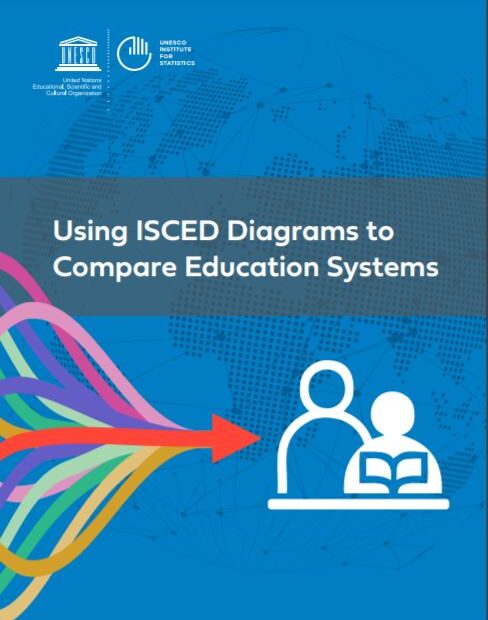
This report presents diagrams of country education structures based on the International Standard Classification of Education (ISCED). UNESCO created ISCED in the 1970s, with important revisions in 1997 and 2011, to categorize national education structures by student age, programme duration and programme level from pre-primary through to tertiary education. By standardizing each category of education, ISCED plays an important role in ensuring that the data required to meet country commitments to the Sustainable Development Goal 4 (SDG 4) for education can be compared across countries.
This report provides diagrams for 133 countries enabling readers to visualize education systems categorized by ISCED in a way that allows for fast and easy comparisons. The report guides readers through ISCED by offering definitions for each ISCED level, an explanation on how the diagrams were created from country mappings, along with ISCED governance structure, and challenges and recommendations. This is followed by a global analysis of ISCED, which considers how the education systems of each region compare in the context of the Agenda 2030. Then, in-depth analyses of the Arab States, Asia and the Pacific, Latin America and the Caribbean and sub-Saharan Africa provide detailed snapshots of key features in each region.
The report aims to give government policymakers, national statistical offices, international organizations and academia an understanding of ISCED and its importance in helping countries meet their SDG 4 commitments by providing a framework for organizing education systems in a way that allows for cross-national comparability.
Author(s): UNESCO Institiute for Statistics (UIS)
Year Published: 2021
Language: English
Country: Global
Download: https://neqmap.bangkok.unesco.org/wp-content/uploads/2021/06/UIS-ISCED-DiagramsCompare-web.pdf


